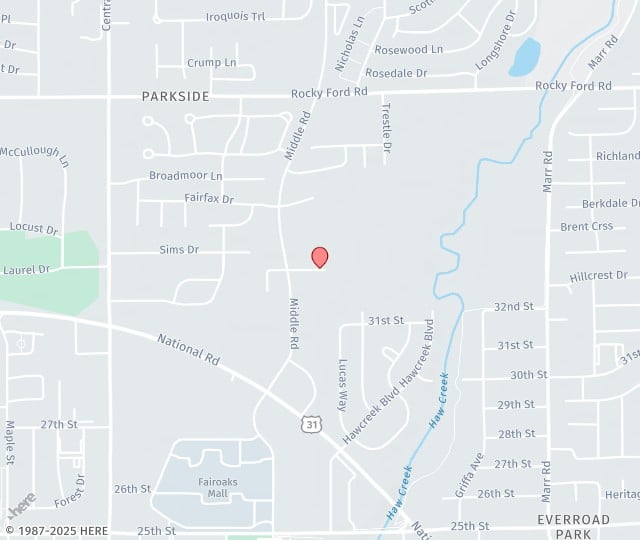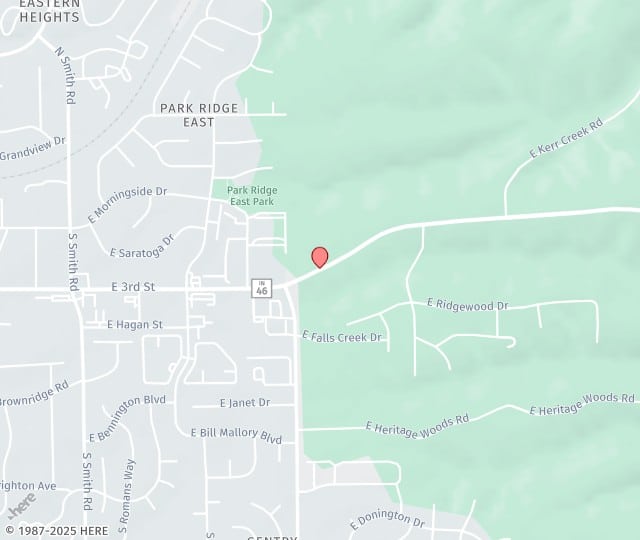Cheek augmentation using cheek implants is an option for those who want to replace facial fullness lost through aging, or for those who simply want more prominent cheekbones. The ideal candidate is old enough that the head and skull are no longer growing (maturation is usually reached by late adolescence), is in good overall health, does not smoke, and has realistic surgical goals.
There are three general types of cheek implants: malar, submalar and malar/submalar combination. Malar implants are placed directly over the cheekbones, increasing their projection. Submalar implants are placed midface, just below the cheekbones, to add fullness to a face that is sunken or gaunt. Malar/submalar-combination implants augment both the cheekbones and the midface. Although cheek implants are most often made from solid silicone, high-density porous polyethylene and expanded polytetrafluoroethylene are also used.
Cheek Augmentation Procedure
During the cheek implant procedure, for each cheek, a small incision is made inside the mouth, near the gumline, or inside the lower eyelid; it is through this incision that the implant is inserted. A pocket is created before the implant is placed; the implant is then secured by attaching it to bone or soft tissue, and the incision is closed with sutures.
Augmentation with cheek implants is performed, using local anesthesia, in a surgeon‘s office or outpatient surgery center, and usually takes 30 to 45 minutes.
Recovery and Results from Cheek Augmentation
After augmentation with cheek implants, there is soreness, swelling and numbness at the incision site and in the cheeks; they are managed with over-the-counter or prescribed pain medication. Keeping the head elevated to minimize swelling is recommended. Patients usually return to work within a week, with 6 weeks usually required for complete recovery.
The results of cheek implant surgery are immediately apparent. Implants provide long-lasting results from a single procedure, unlike facial fillers, which must be continually repeated to maintain results. There is no visible scarring from incisions placed in the mouth, and only minimal scarring from incisions placed in the lower eyelids.
Risks of Cheek Augmentation
In addition to the risks associated with any surgery, those related to augmentation with cheek implants include the following:
- Asymmetry
- Loss of sensation
- Implant rejection
- Implant shifting
In addition, as with breast implants, scar capsules can form around cheek implants. Unlike those that form around breast implants, however, they do not affect cosmetic results.


